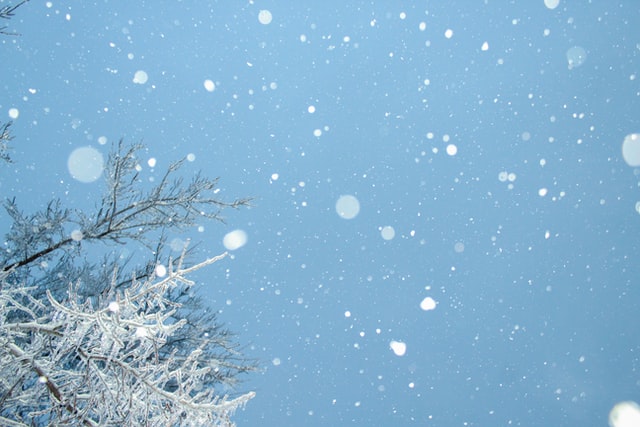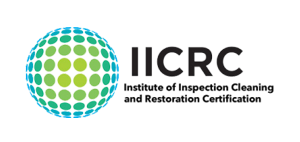
Winter is upon us! Unfortunately, that also means mold. Most people think of mold as a summer problem, but you may be surprised to learn how common it is during the winter season. If you suspect mold, contact a professional mold removal and remediation company. This way, you can get your home looking and smelling fresh for your guests and the holiday season.
Here are the most common causes of mold during the winter season:
1. Condensation
Warm air rises. When it does, warm air meets cold air from outside, which causes condensation. During the winter season, it’s common for attics to develop mold for this very reason. Condensation can go unnoticed for a long time, all the while providing a hospitable environment for mold to grow in. You can combat this by making sure your attic is properly insulated.
Next time you’re in your attic, look out for signs of condensation and mold including black spots, water stains, and wood warping or rotting.
2. Clogged Gutters
Gutters are designed to safely move water away from your home so it doesn’t seep into your home’s foundation. However, if it’s clogged by ice, snow, or old leaves, this flow of movement isn’t possible.
When a gutter is clogged, it forces water and melting ice and snow to leak over the sides and straight into the soil around your home’s foundation or even into your basement. Since this isn’t always caught early on, it allows for plenty of time for mold to grow.
If you notice a foul, musty odor in your basement or notice black or green spots on the side of your house, it may be a sign of mold.
3. Poor Ventilation
Maybe this doesn’t technically cause mold in the winter, but it can help it grow. Poor ventilation is often the result of not having enough vents or having ones that are either broken or obstructed. When this happens, it allows moisture to linger inside the home, which is a component of mold growth.
If a particular room in your house is unnaturally warm or if you’re noticing signs of mold or rust buildup, it’s a sign of poor ventilation and needs to be addressed as soon as possible.
4. Real Christmas Trees
While they’re pretty to look at, your home can develop mold if you bring a real Christmas tree inside. Oftentimes, these trees have mold spores on them that can easily be transmitted to other areas of your home through your home’s HVAC system. If you’re going out and buying a real Christmas tree this winter season, shake it out first to dislodge the mold spores. Then, spray it with water.
Does Your Home Have Mold? Get Rid of It with the Pros at Green Genie Environmental
Mold is unsightly, and it can trigger allergies and destroy the integrity of your home. The team at Green Genie Environmental can help get your home holiday-ready. We have the tools and resources to safely remove mold from your home so you and your guests can enjoy a mold-free party. Call us at (716) 466-6653 to schedule a mold removal and remediation appointment today.






